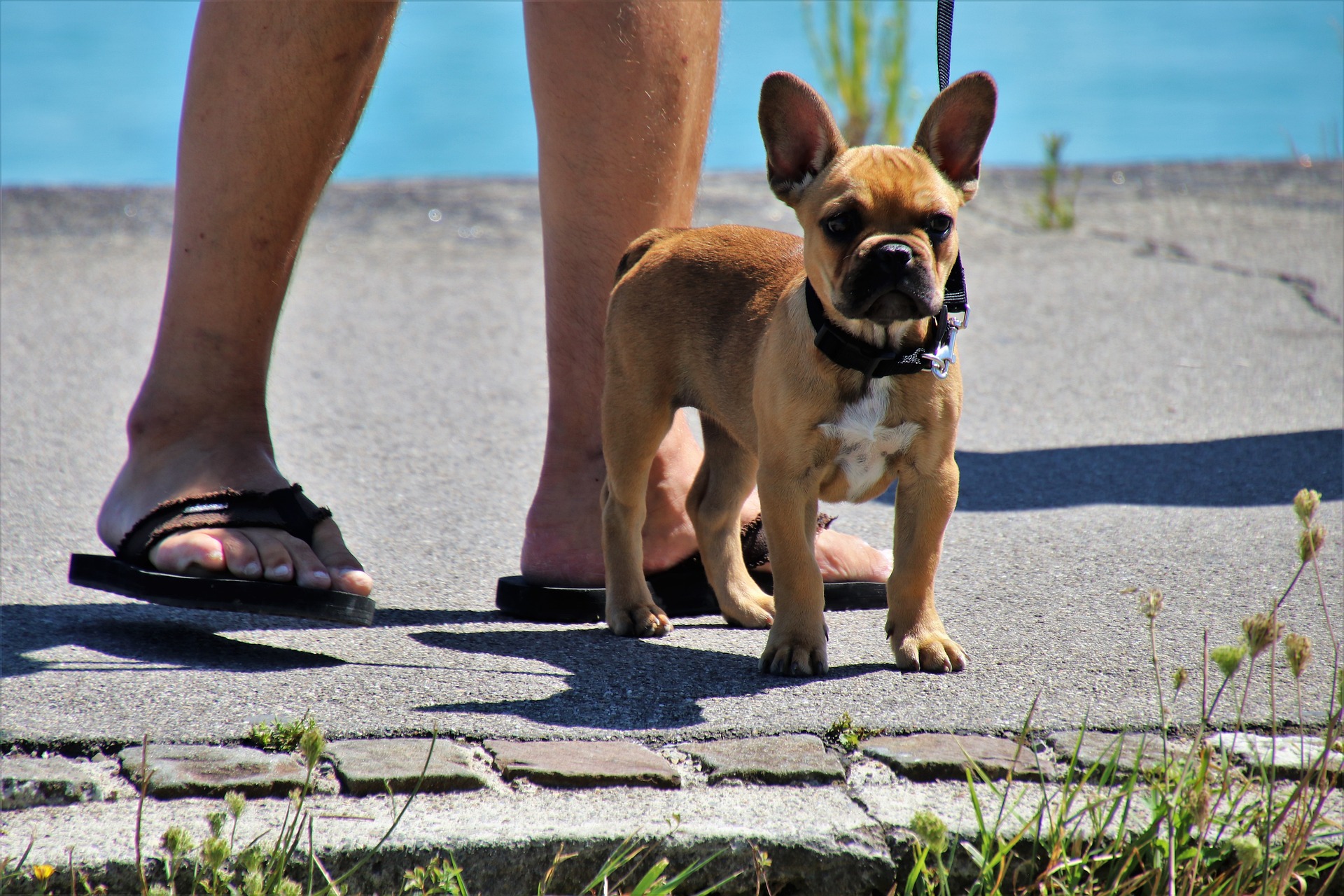Even in winter, taking your dog out for daily walks is essential to keeping them happy and healthy. Daily walks promote weight loss, burn off your pup’s excess energy, and bond them with their owner. One thing that you may have never taught your pet is proper leash etiquette. A dog that hasn’t been trained will likely pull on the leash in any direction that grabs their attention, attempting to drag you along behind them. Today, we will discuss how to reinforce good behavior in your pet to ensure you remain in control of your afternoon walks.
Pulling On The Leash – Accidently Reinforced
When most people get a new puppy, the honeymoon phase is when some destructive behaviors can become reinforced – or proper leash etiquette can be learned. A cute puppy exploring the outside world for the first time, taking in all the sights and sounds, is extremely cute and pet owners tend to let their new furry friend lead the way on afternoon walks. However, if you allow your dog to take the lead on walks and drag you behind them, they will take this behavior into adulthood. Depending on the breed, reining them in can be very challenging. Even if your dog is older and tends to yank hard on their leash when they hear a bird or want to sniff something, you can still start reinforcing good leash behavior today with some practice.
Teaching your dog to follow your lead when put on a leash can be a long process, but the methodology is surprisingly simple. The overall idea is to not give in to their demands and only reward them and let them begin their walk when they listen to you and follow the direction you want to travel. To start this process, bring your dog to an enclosed outside area, like a backyard, and put them on a leash. If they associate the leash with their daily walk, they will likely get excited and begin pulling towards the gate or other location. In this scenario, the only thing you can do is ignore them and provide slight pulls to rein them in. After a short period of time, your dog will understand that they need to wait for you in order to begin moving.
When your dog finally comes to a standstill, reward them with a treat and monitor their behavior. Dogs will commonly get excited at this point and begin moving around again. Repeat the process as often as you feel necessary until your pup knows that you control when they get to move while on a leash. When you graduate onto the sidewalk, do similar methods. You can either stand still or begin pulling in the opposite direction your dog is pulling on their leash. By turning around and walking the opposite way, you teach them that their desires at the moment, whether it be catching an animal or greeting another dog, are not more important than you as the owner. You prevent the dog from making its own path ahead and only resume once they return to your side.
You know that your dog is starting to understand the process when they only start walking at the same time as you. If your dog waits for you to begin walking, you can allow them to lead as long as they respond well to your attempts to hold them back. Never again should your dog pull on its leash and drag you down the street in an attempt to attack a squirrel. If you have gotten to a point where you can take a peaceful walk, appropriate leash etiquette has been achieved.
Proper leash etiquette keeps both you and your dog safe and secure. If you need help with obedience or canine behaviors, call the Gulf Coast K9 Dog Training experts. We have the classes and expertise that help you and your pet succeed.





